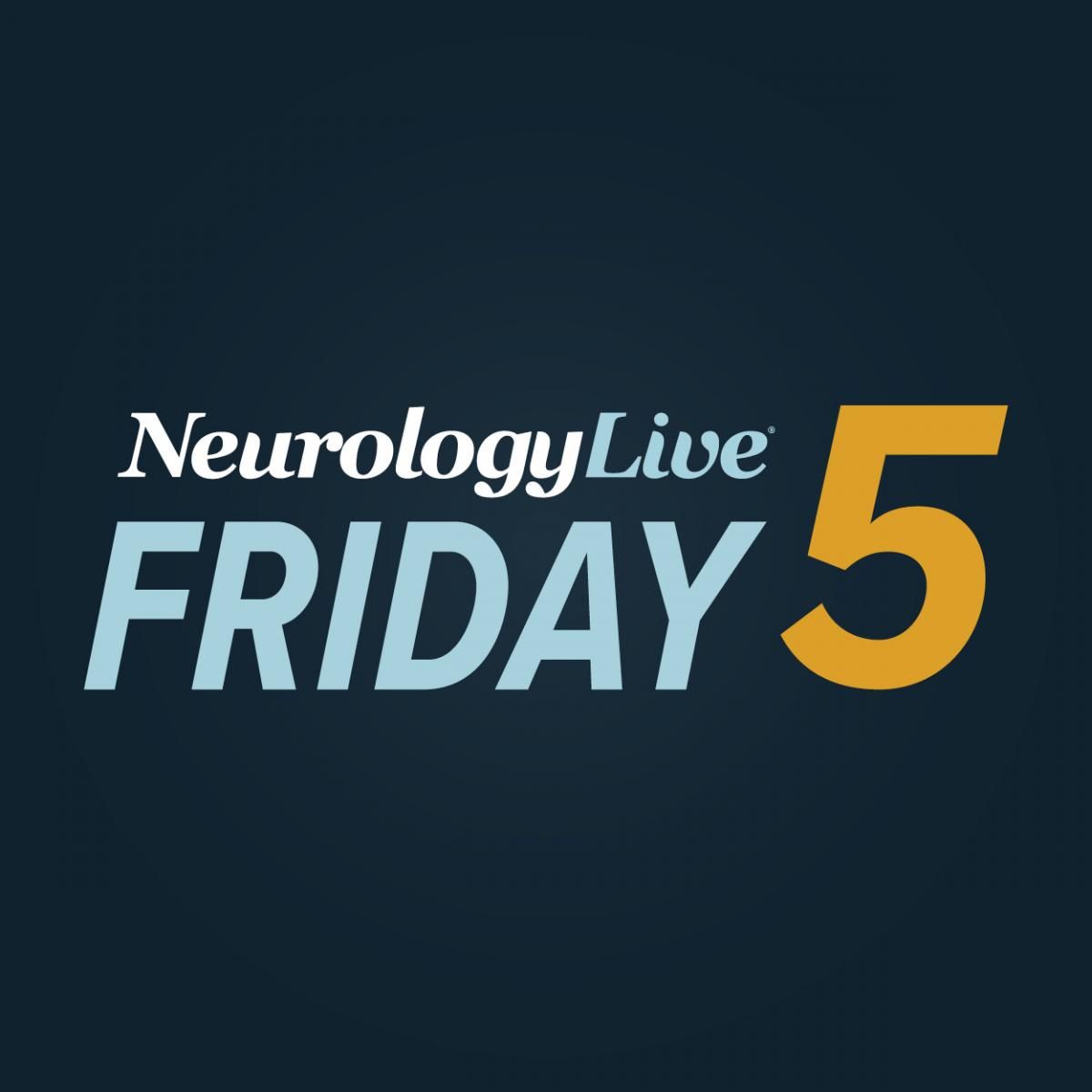News
Article
Non-P42 Binding May Predict Relapse in Pediatric MOGAD, Study Shows
Author(s):
Key Takeaways
- Non-P42 epitope in MOG-Ab seropositive children is linked to younger age at disease onset and higher relapse risk.
- The non-P42 group showed a higher prevalence of acute disseminated myelitis (ADEM) phenotype compared to the P42 group.
A global cohort study identified distinct clinical patterns and higher relapse rates in pediatric patients with MOGAD with non-P42 MOG antibody binding profiles.
Romain Marigner, MD, PhD

A recently published study of myelin oligodendrocyte glycoprotein antibody (MOG-Ab) seropositive children showed that those with non-P42 epitope were younger at disease onset, were more likely to present with acute disseminated myelitis (ADEM) phenotype, and had a higher risk of relapse. Overall, these findings suggest MOG non-P42 may serve as a potential biomarker for predicting relapse in pediatric MOG antibody-associated disease (MOGAD).1
Published in Neurology, Neurosurgery, & Psychiatry, the cohort included 81 unselected pediatric patients with MOGAD collected from 5 global centers. To be included, patients must have demonstrated clear seropositivity for MOG-Ab using the full-length form, had at least 1 demyelinating episode of the central nervous system (CNS) persisting for more than 24 hours, and fulfilled the proposed 2023 MOGAD criteria. The P42 group included sera that only bind to the native MOG full-length (MOG-FL) form, and the non-P42 group included sera that bind to native FL and native mutant MOG-P42S forms.
Led by Romain Marigner, MD, PhD, a professor in the Neurological Hospital of Lyon, France, 40 of the 81 MOG-FL patients had serum bound to the non-P42 MOG. Results showed that those in the non-P42 group were younger than those in the P42 group, with a median age at disease onset of 6.2 years (IQR, 4-9.2 years), vs 10.0 years (IQR, 6.4-14 years; P = .002). Between the 2 groups, there was a distinct phenotype distribution, with 73.7% (28 of 38) of patients presenting with ADEM belonging to the non-P42 group. In comparison, 30.4% (7 of 23) of patients with optic neuritis (ON) belonged to non-P42, followed by 30.0% (3 of 10) of transverse myelitis (TM) patients, and 25.0% (2 of 8) for those with both ON and TM.
"The over-representation of ADEM phenotype in the non-P42 group may be attributed to the ability of MOG-Ab in ADEM to recognize and bind more diverse epitopes of MOG, thereby allowing for a broader range of antigenic targets," the study authors wrote. "Indeed, ADEM is classically characterized by multifocal demyelinating lesions in various regions of the CNS. In addition, ADEM has been associated with previous vaccination or infection, and it is possible that an immune trigger leads to global CNS inflammation, resulting in a broader MOG-Ab repertoire that can recognize multiple MOG epitopes."
Despite an annualized relapse rate of 0.29 in the overall cohort, those in the non-P42 group presented with higher rates (relative rate, 2.6; 95% CI, 1.1-6.2; P = .03), adjusted for clinical phenotype. The difference between the P42 and non-P42 groups was evident across all phenotypes, including those with ADEM (non-P42 ARR: 0.31 vs P42 ARR: 0.17), ON (non-P42 ARR: 0.77 vs P42 ARR: 0.28), TM (non-P42 ARR: 0.30 vs P42 ARR: 0.10), and both ON and TM (non-P42 ARR: 0.75 vs P42 ARR: 0.24).
Samples from the non-P42 group were collected earlier in the disease course (median 0.1 years; IQR 0.0–0.9) compared to the P42 group (median 0.7 years; IQR 0.1–4.1; P = 0.007). At the time of collection, 63.0% of non-P42 patients were experiencing a relapse, versus 27.0% in the P42 group (P = 0.005). In 4 patients—2 from each group—serial sampling showed stable non-P42 binding over time.
The association between non-P42 and future relapse risk was previously observed in a 2024 study published in Neurology, Neurosurgery, & Psychiatry. That study differed in that it used adult patients with MOGAD (n = 202), with serum MOG-IgG and epitope binding determined by validated flow cytometry live cell-based assays. In the study, 150 of the 202 included patients (74%) had MOG-IgG that recognized the P42 epitope and 115 (57%) recognized histidine103/serine104 (H103/S104).2
In the study, more than one-fourth of the patients (26%) had non-P42 MOG-IgG and showed an increased risk of relapsing course (HR, 1.7; 95% CI, 1.15-2.60; P = .009). Similar to Marigner et al, findings revealed that relapse-freedom was shorter in patients with non-P42 MOG-IgG (P = .0079). In addition, non-P42 MOG-IgG epitope status remained unchanged from onset throughout the disease course and was a strong predictor of a relapsing course in patients with unilateral ON (HR, 2.7; 95% CI, 1.06-6.98; P = .038), with high specificity (95% CI, 77-100) and positive predictive value (85%; 95% CI, 45%-98%).




